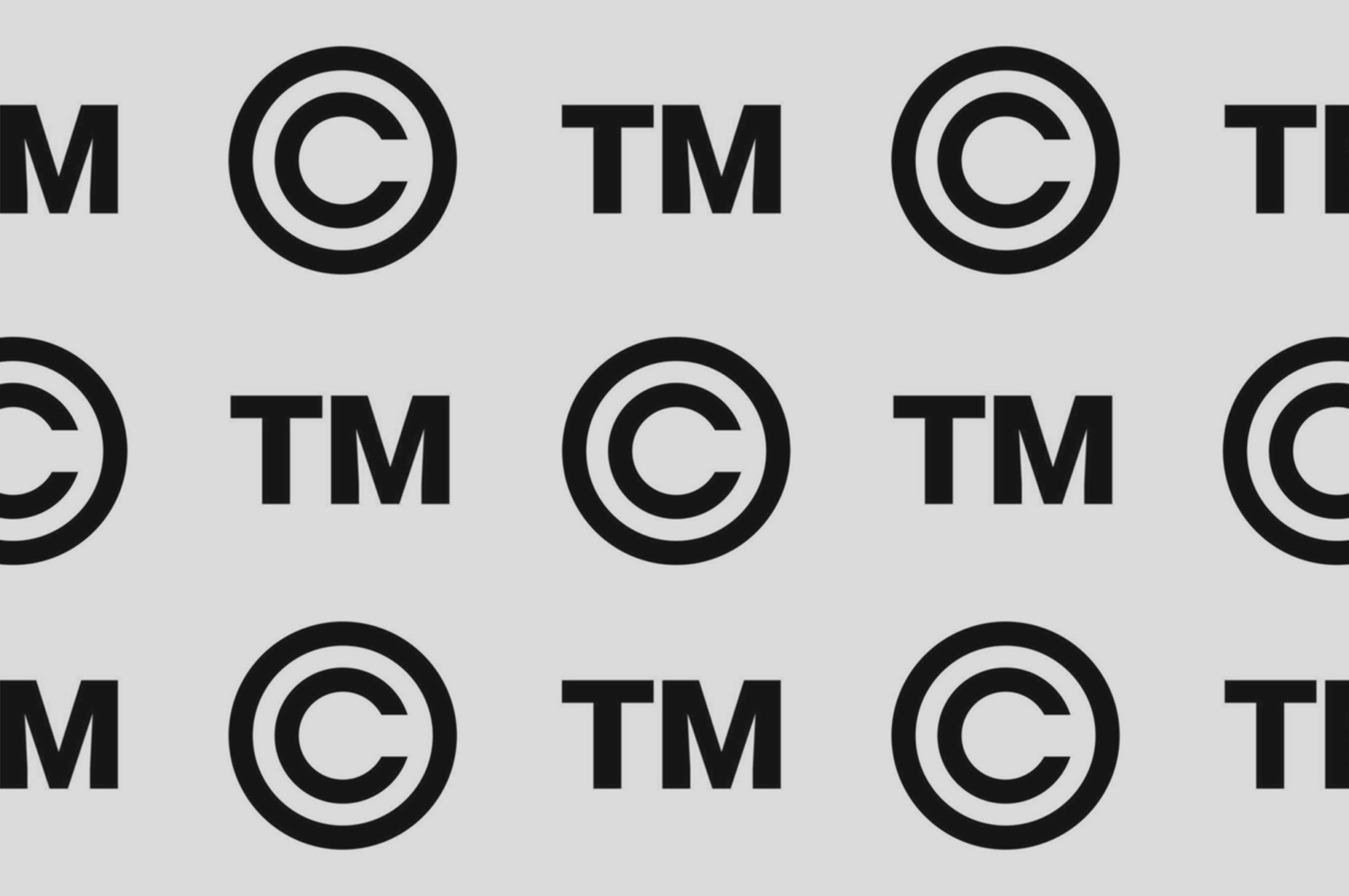We offer variety of affordable design services per project as well as monthly outsourcing packages. Let's get in touch today!
Karadjordjev trg 4
11000 Belgrade
Serbia
When building a brand or creating original work, it’s important to understand how to protect it. Trademarks and copyrights are two of the most common ways to safeguard your intellectual property, but they serve very different purposes. Knowing the difference can help you make informed decisions and avoid potential legal problems.

A trademark is a type of protection for anything that identifies your brand in the marketplace. This includes names, logos, slogans, or even specific designs. Trademarks signal to customers where a product or service comes from and help prevent other businesses from copying your identity.
There are two main types of trademarks. An unregistered trademark allows you to claim rights to a brand element and signal ownership, while a registered trademark provides legal enforcement and stronger protection. Using trademarks correctly helps you build credibility and prevent competitors from imitating your brand.
Copyright protects creative works such as books, music, art, websites, software, or any original content you create. Unlike trademarks, copyright focuses on the expression of ideas rather than the branding itself. Copyright exists automatically once the work is created and fixed in a tangible form, though registering it can give additional legal benefits.
Copyright ensures that others cannot copy, distribute, or use your creative works without permission. It’s a critical tool for artists, writers, designers, and anyone producing original content.
The key difference between trademarks and copyrights is their focus. Trademarks protect the identity of your brand and its commercial presence, while copyright protects the creative expression of ideas. Both are important, but they cover different types of intellectual property.
For example, your logo could be protected as a trademark, while the illustrations you create for your marketing materials are protected by copyright. Understanding this distinction helps you apply the right protections to your work and brand assets.
Using trademarks and copyright correctly not only protects your work legally but also shows professionalism. It communicates to clients, partners, and competitors that you take your intellectual property seriously. Clear protection also makes it easier to enforce your rights if someone attempts to copy or misuse your work.
Trademarks and copyright are essential tools for protecting your brand and creative work. Trademarks safeguard your brand identity, while copyright secures your original content. Knowing the difference—and applying each correctly—helps you maintain control over your intellectual property and strengthens your brand’s credibility.
From logos to complete brand strategies, we create identities that capture your story and connect with your audience.